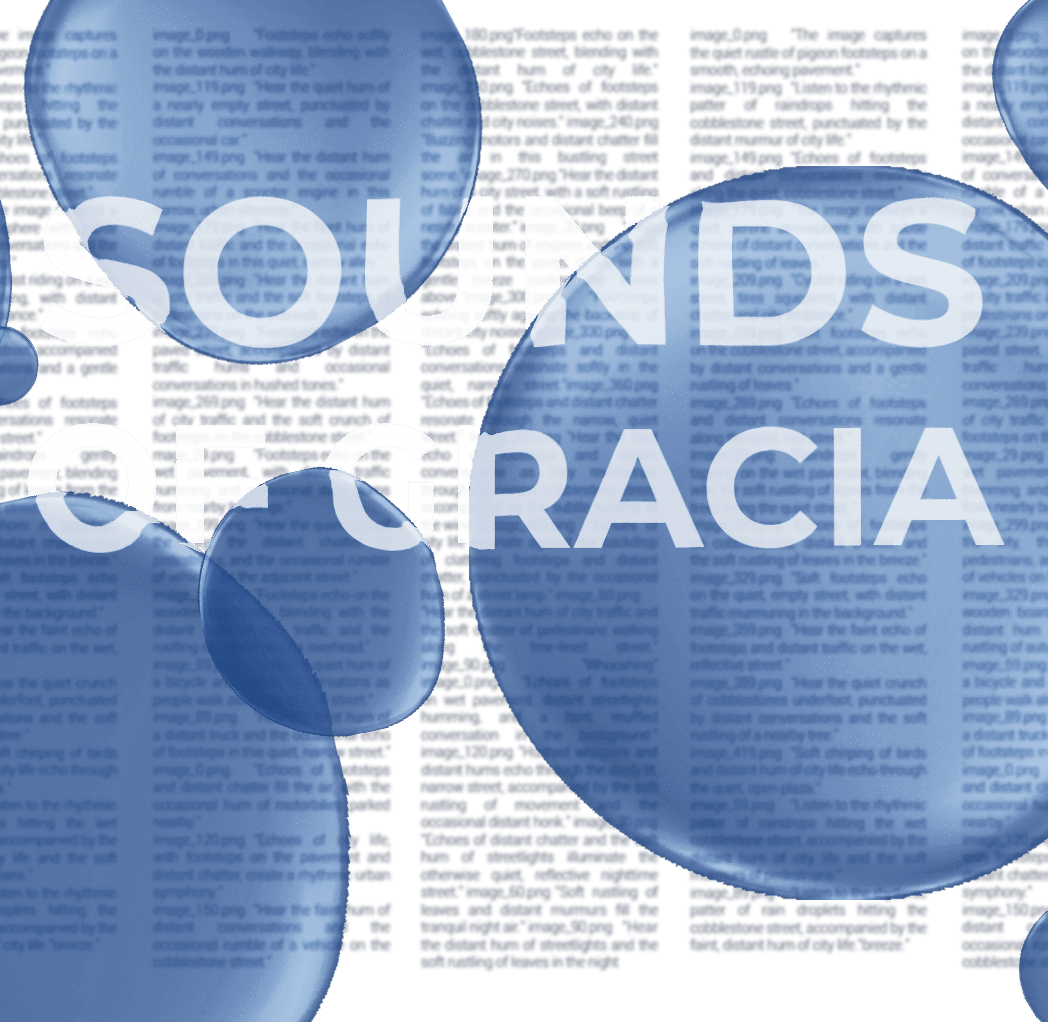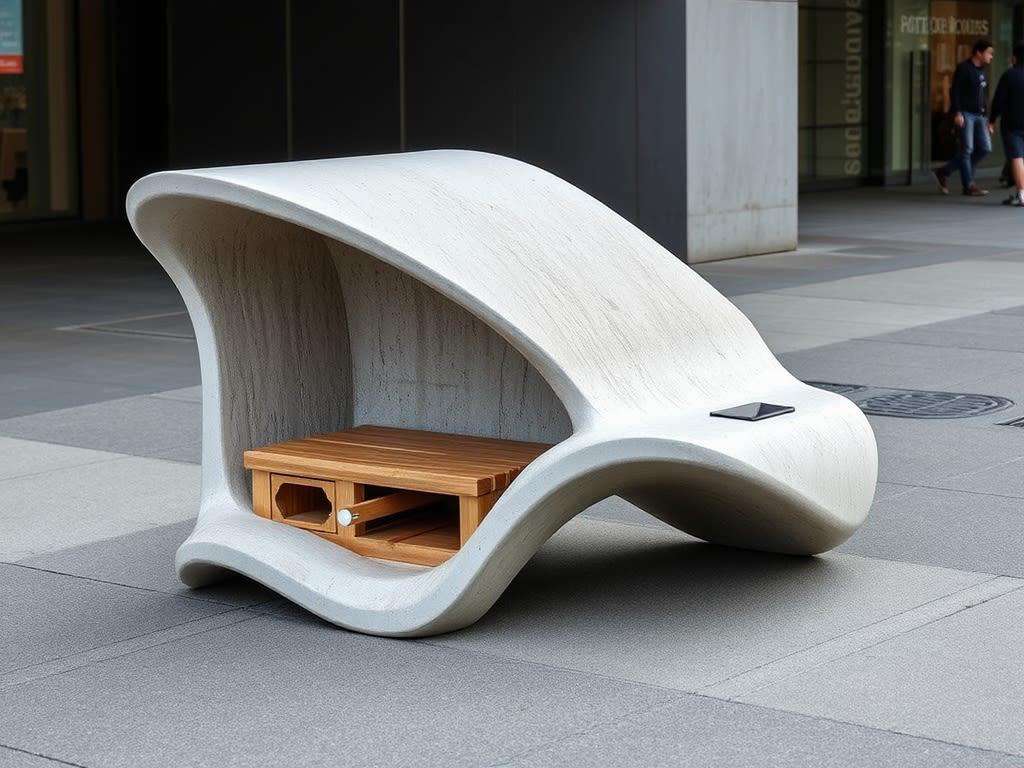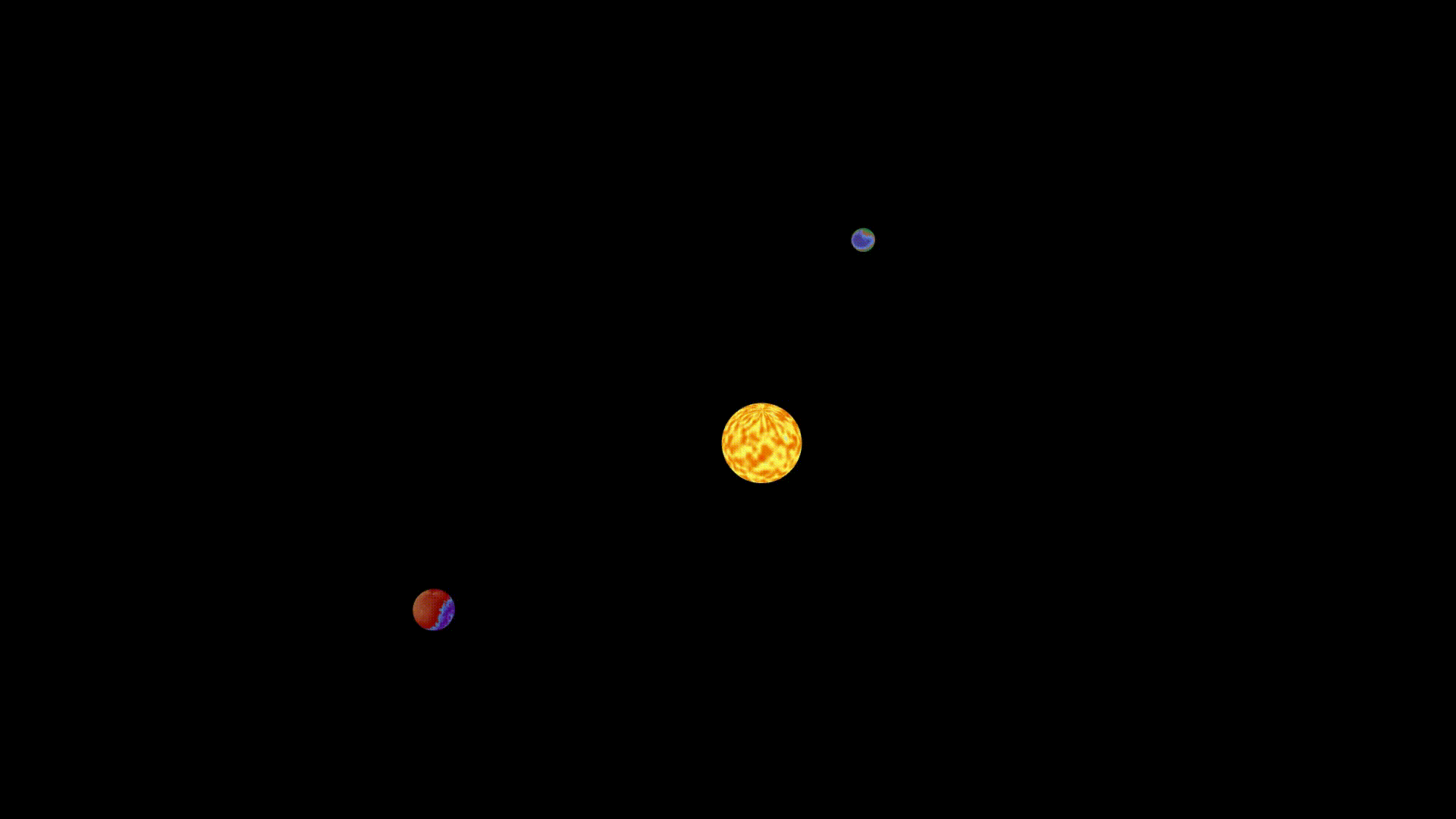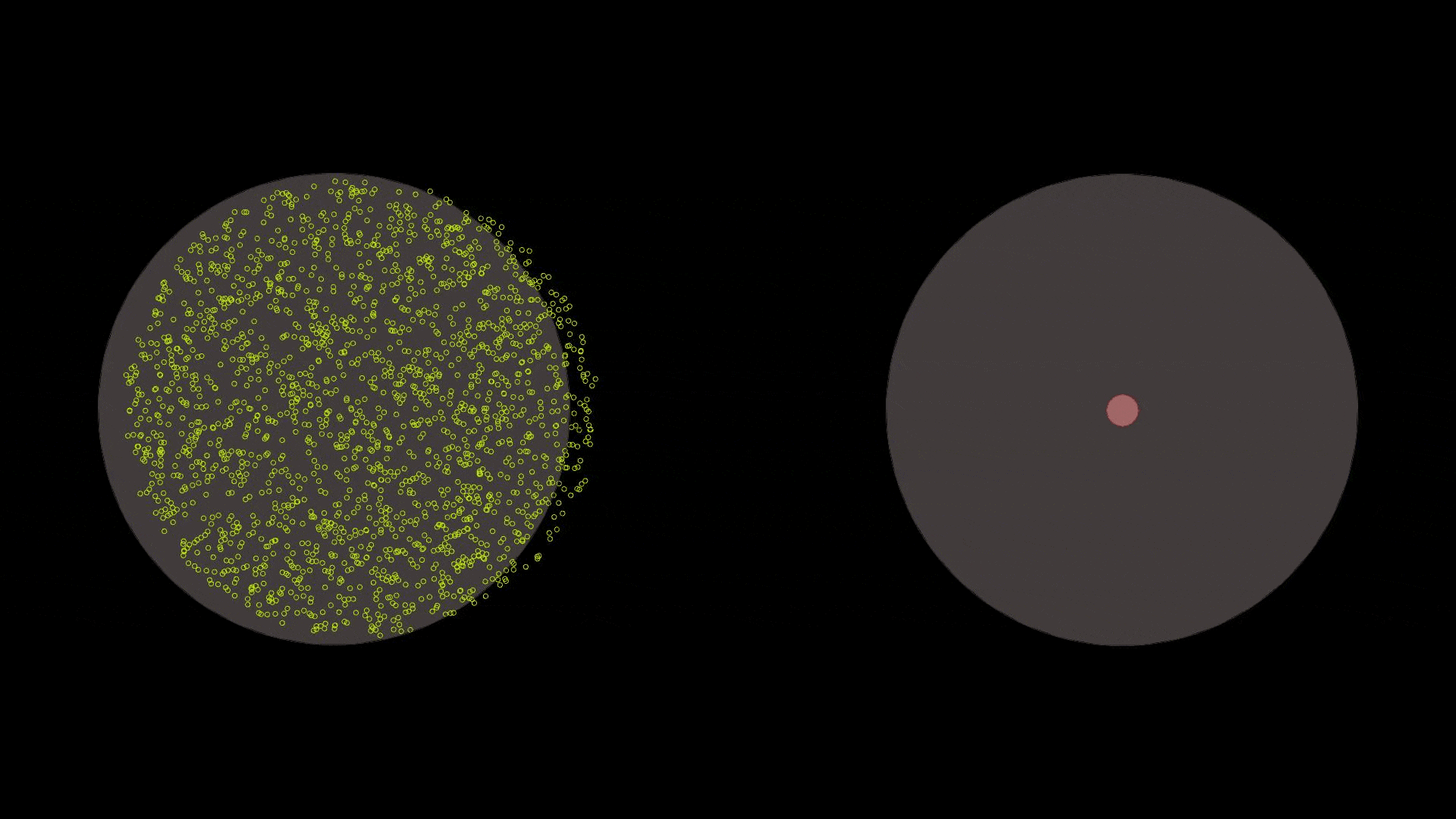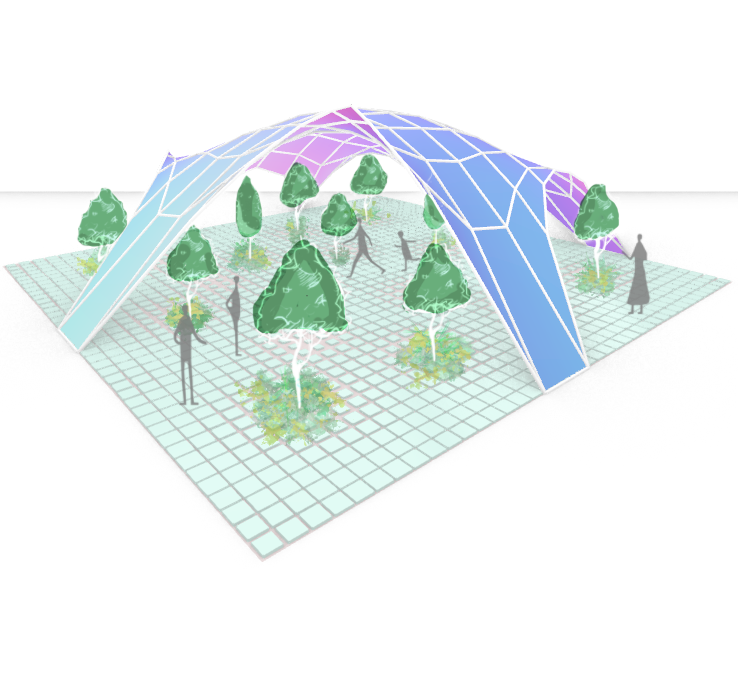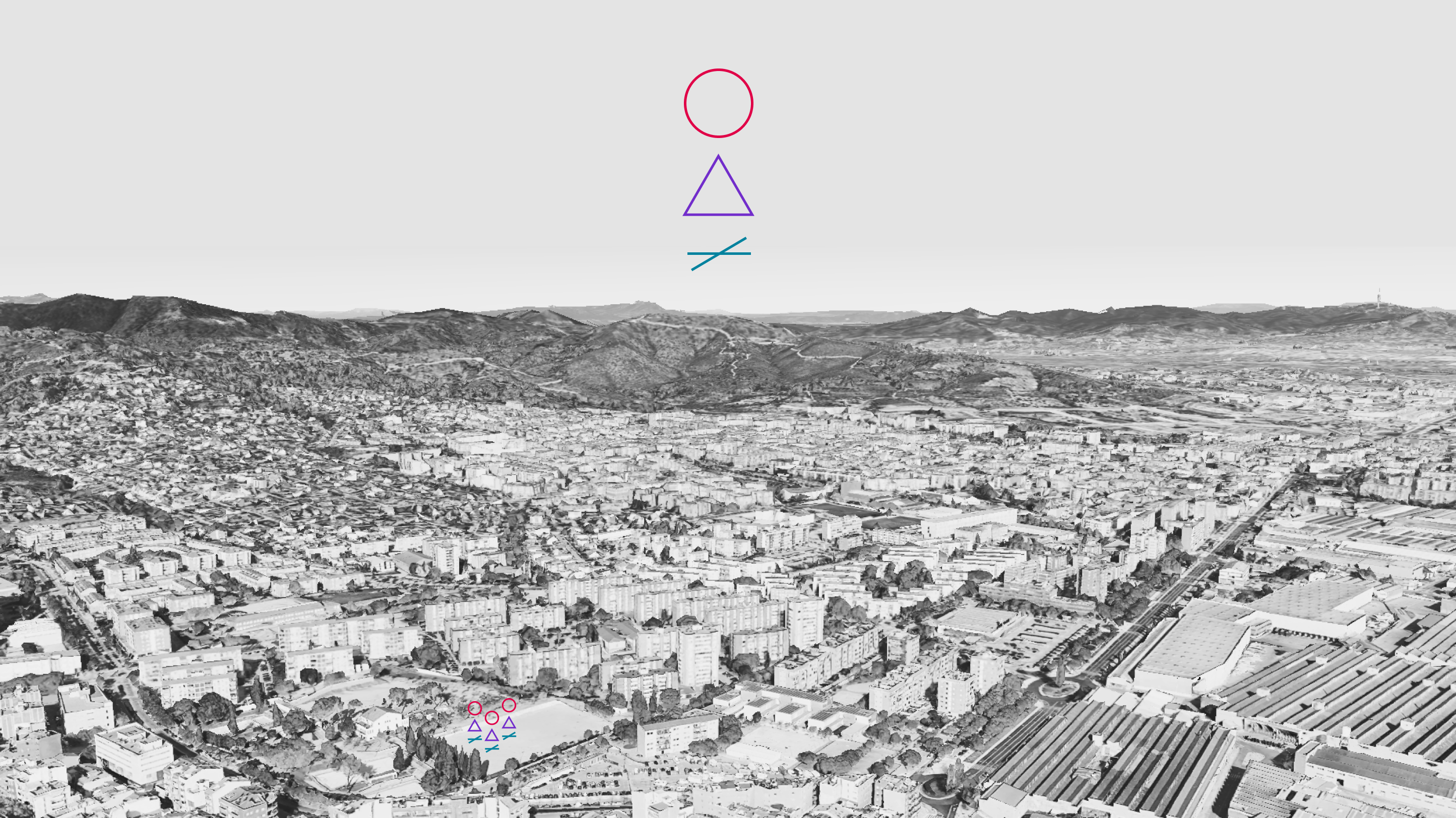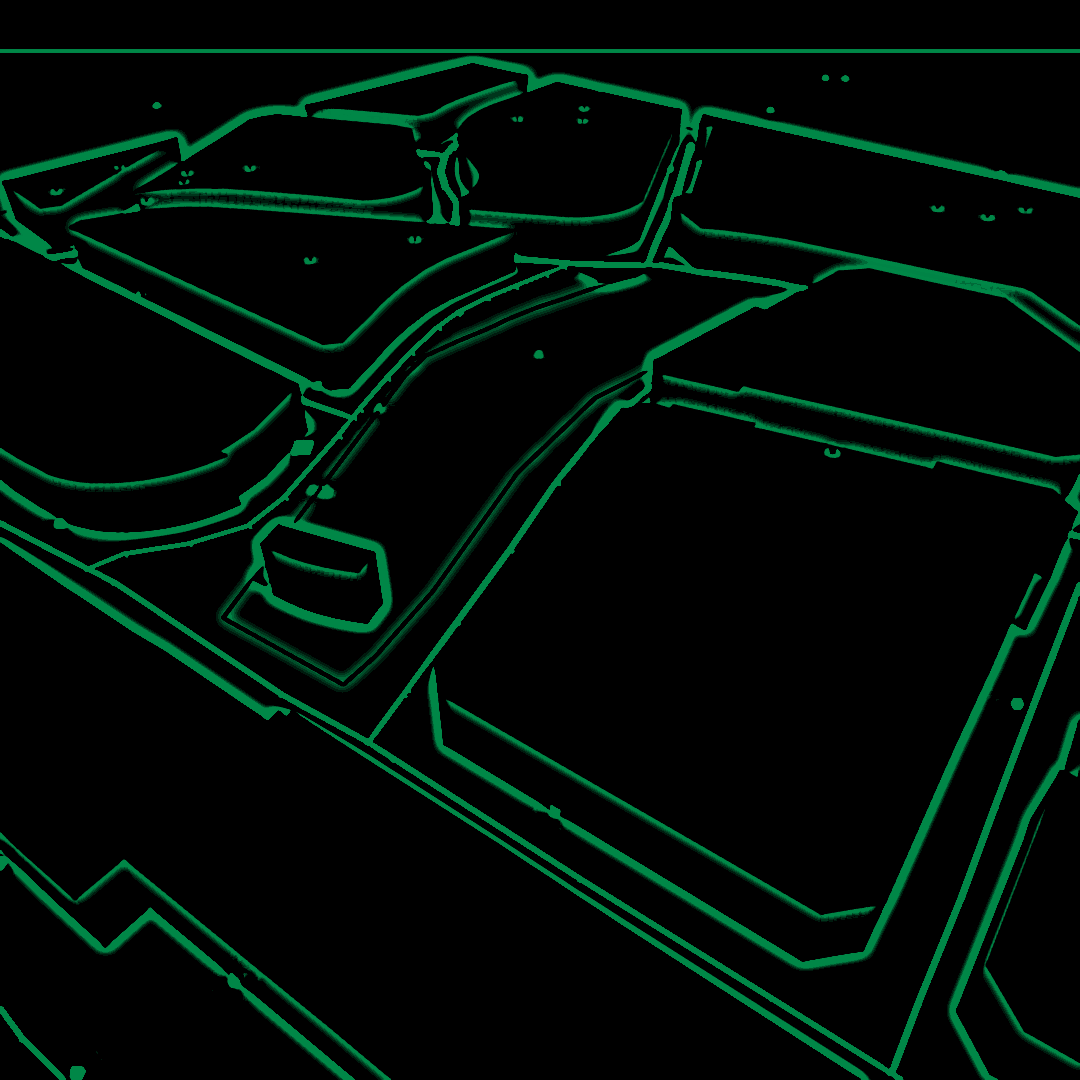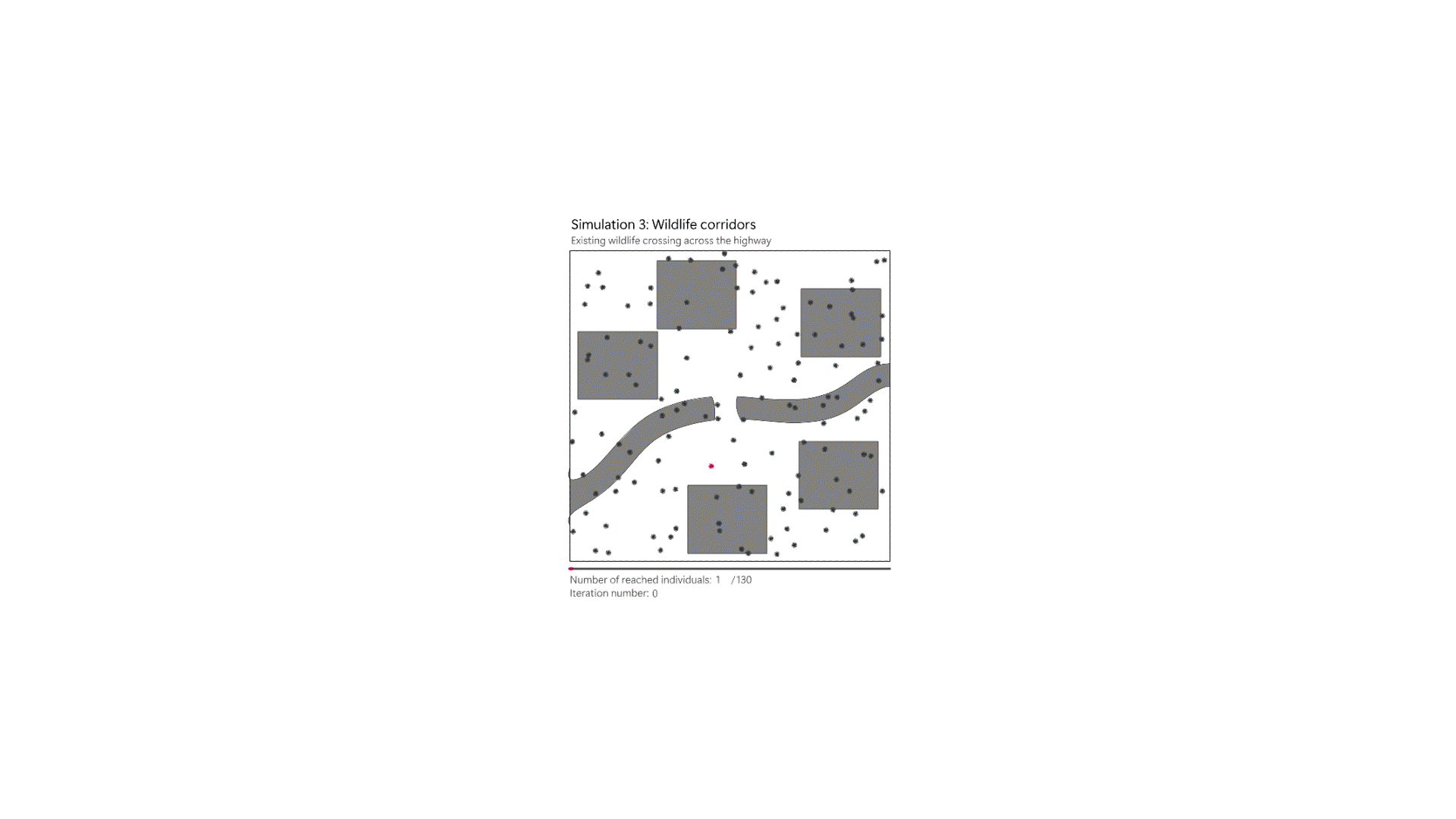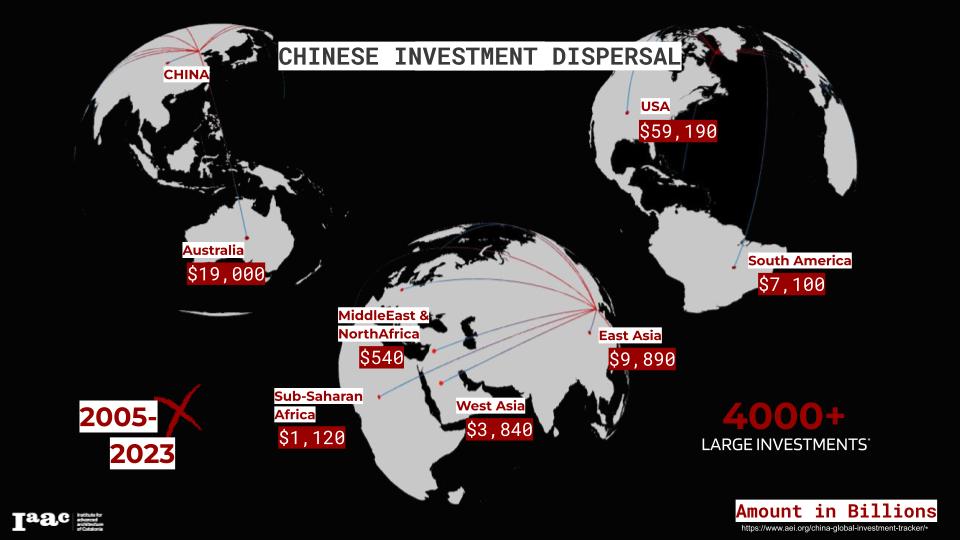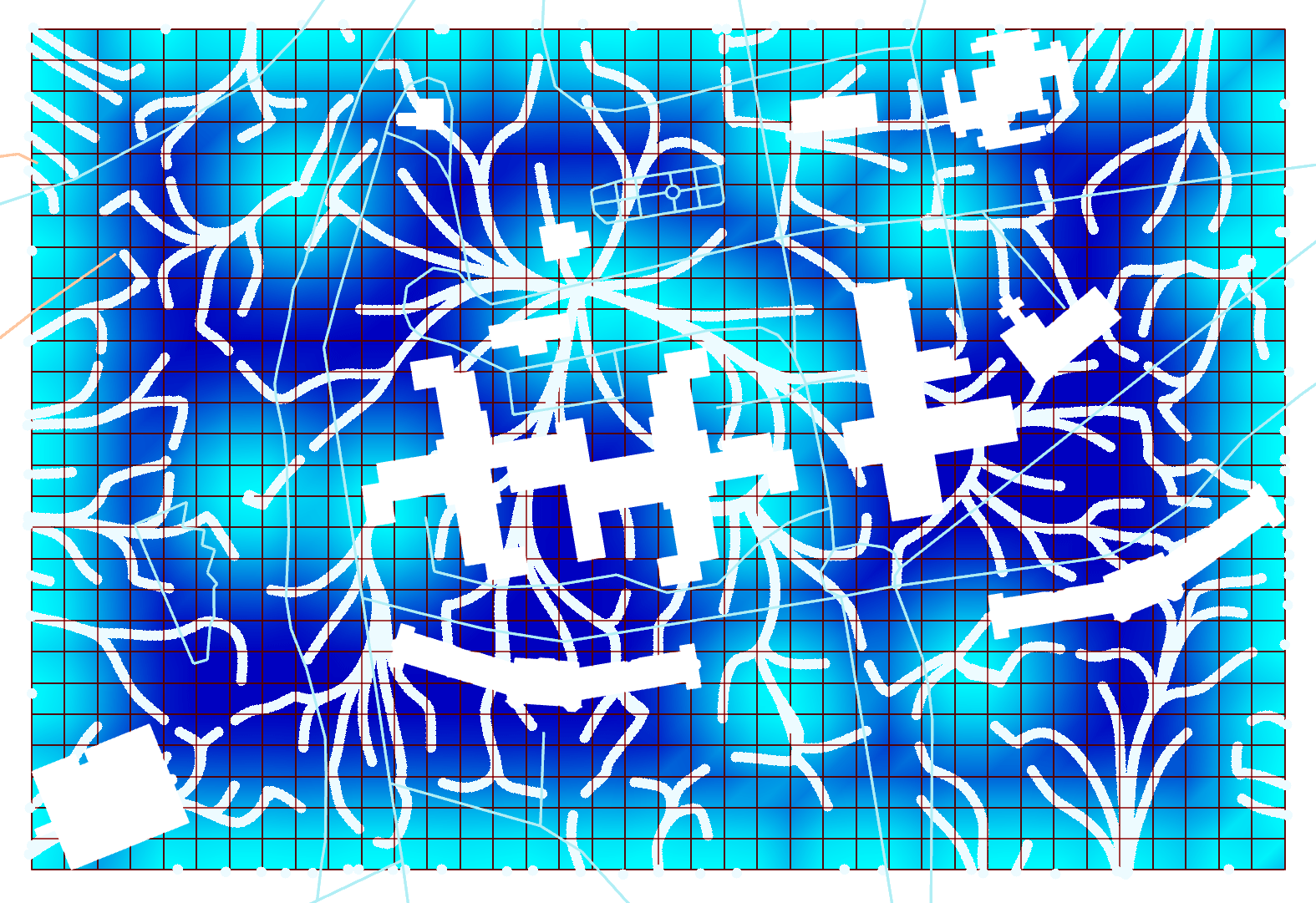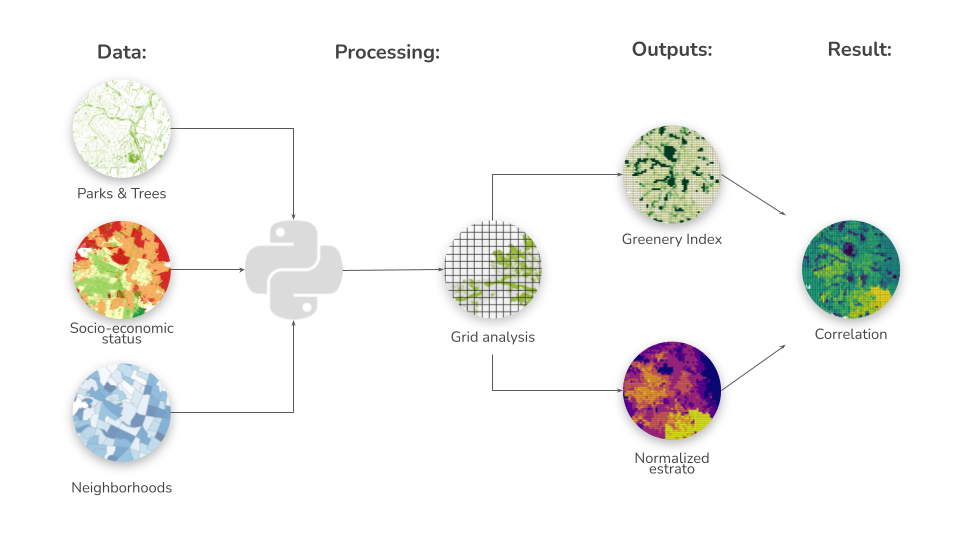Sounds of Gràcia
An alternative ways of exploring the sounds that make up Gràcia This project investigates alternative ways of engaging with the sounds of Gràcia and how they can empower communities by fostering a deeper connection to place, memory, and identity. Sound functions as both a sensory experience and a cultural artifact, carrying layers of emotion, history, … Read more

